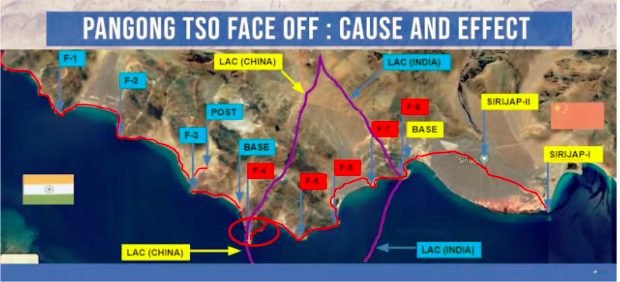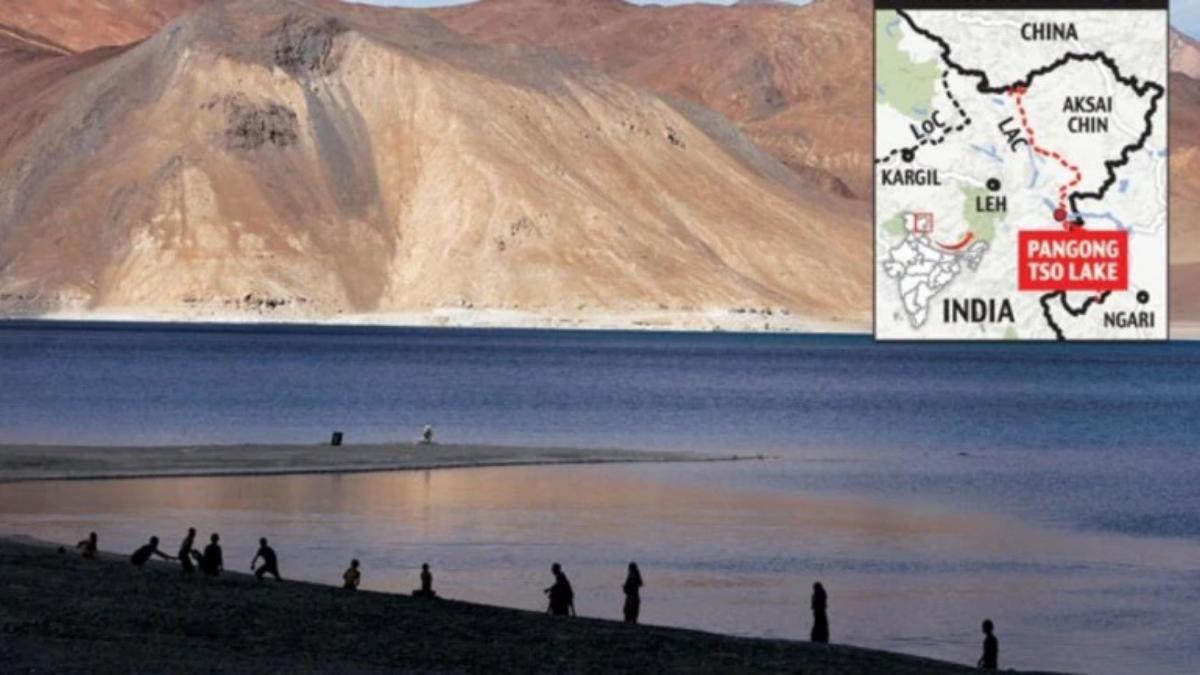India and China have held two rounds of Corps commander-level talks after which they have agreed to disengage.
However, the disengagement process supposed to start after the June 6 talks did not yield much result and there was also a violent face-off on June 15th Clash in which Indian Army declared 20 persons dead and more than 50 suffered major casualties.
After the clash that put Indian china relation at nadir , on June 22 also, the two sides met at Moldo after which there has been a consensus for mutual disengagement but it has not yet shown any change in ground positions.
The Chinese side has been aggressively trying to bring newer areas under its control in the Finger area, the Indian Army sources confirmed .
[splco_spacer]

[splco_spacer]
In the Galwan river area, where the violent face-off took place between the two armies resulting in a high number of deaths for Indian Army , the Chinese have built some of their structures after the clash, the sources said.
An observation post-like structure of the Chinese removed by the Indian Army troops on June 15-16 night has also come up again near the Patrolling Point 14, they said.
The build up on the Indian positions PP-15, PP-17 and PP-17A also continues to exist as the Chinese have been using a road, which moves close to Indian patrolling points from its side, to send both men and equipment urgently to the Indian side.
In areas opposite the Daulat Beg Oldie sector, the Chinese are trying to create troubles for the Indian patrols near PP-10 to PP-13.
The Chinese Army started its build up along the LAC in eastern Ladakh sector from May 4 and deployed more than 10,000 troops along with heavy artillery, armoured regiments and defence batteries.
[splco_spacer]

[splco_spacer]
“In the Finger area along the Pangong Tso lake, the Chinese have continued to indulge in heightened military activities like deployment of troops and construction,” military source said
The Indian side claims the areas up to Finger 8 but the Chinese Army during the recent face-offs have been blocking Army patrols from going beyond Finger 4.
In the rear positions also at its air bases including Hotan and Gar Gunsa, the Chinese Army’s Air Force has brought in its strategic bombers and the number of fighter aircraft numbers have gone up including their own Russian-made Su-30s.
Security agencies suggest that the Chinese have also rushed in long-range air defence systems acquired from Russians opposite the Indian territory.
[splco_spacer]









